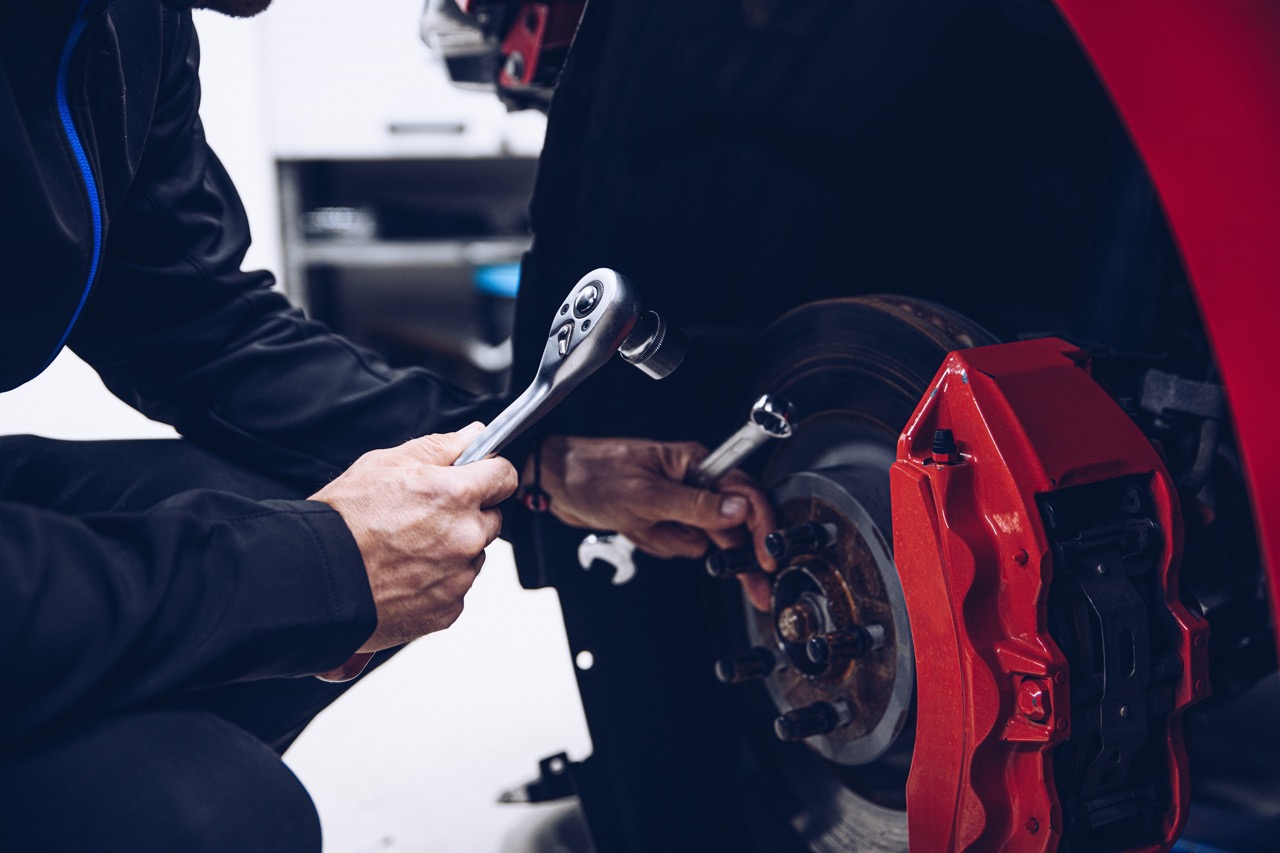Let’s face it, car repairs are never fun. They’re expensive, they’re time-consuming, and they always seem to happen at the most inopportune moments like while you’re on a trip or right before you need to register your vehicle. But as much of a pain as they may be, repairs are a necessary evil when it comes to owning a car. One type of repair that every driver will eventually have to face is brake repair.
You never want to hesitate to schedule brake repairs when you notice there’s a problem. Here’s what Master Muffler says to look for regarding the condition of your braking system.
Signs You Need Brake Repair
Several different signs can indicate that your car needs brake repair. If you notice any of the following, it’s time to take your car in for a checkup:
- Your brake pedal feels spongy when you press it.
This could be a sign of a leak in your braking system. Fluid leaks can cause your pedal to feel soft or spongy because there is less fluid available to actuate the brakes.
- Your car takes longer than usual to stop.
Your brake pads may be worn, making it harder for the braking system to generate the proper amount of friction to slow your vehicle and bring it to a stop.
- You hear grinding or squealing noises when you brake.
This is also often caused by worn-out brake pads. When your pads are worn out, they no longer provide enough cushion between the calipers and rotors, which causes a grinding noise.
- Your brake light is on, or you see fluid leaking from your brakes.
Brake fluid is usually yellow, but can appear brown if it’s old.
If you notice any of these signs, don’t wait—bring your car into Master Muffler for brake repair right away! The sooner you get it fixed, the less chance there is of something serious happening. Trust us, you don’t want to find out the hard way that your brakes need repair.
How Do Brakes Work?
Before we get into the nitty-gritty of brake repair, let’s first take a step back and understand how brakes work. Your car’s brakes use hydraulic pressure to stop the wheels from spinning. When you press down on the brake pedal, fluid is sent from the master cylinder to the brake calipers. The brake calipers then squeeze the brake pads against the rotors (the metal discs that the pads grip), which slows down the wheels and eventually stops them from spinning.
There are two types of brakes: disc brakes and drum brakes. Disc brakes are more common in newer vehicles, while drum brakes are more common in older vehicles. Both types of brakes work by using friction to slow down and stop the wheels from turning.
Disc brakes have a disc (or rotor) that spins with the wheel. The brake pads clamp down on the disc to slow it down. Drum brakes have a cylinder (or drum) that also spins with the wheel. The brake shoes press against the inside of the cylinder to slow it down.
It’s important to know which type of brake system your vehicle has because they require different types of repair. For example, disc brake pads can be replaced relatively easily, while drum brake shoes require more disassembly and are therefore more time-consuming (and expensive) to replace.
What Happens During Brake Repair?
If you’re not familiar with how brake repair works, here’s a quick overview: First, a technician will inspect your brakes and determine what type of repair is needed. Depending on the severity of the problem, they may simply need to adjust or replace a component in your braking system. In more serious cases, they may need to completely replace your brakes.
Once the technician has determined what type of repair is needed, they’ll get to work fixing your brakes. This process usually takes anywhere from 30 minutes to several hours, depending on the extent of the repairs needed. Once they’re finished, they’ll test your brakes to make sure they’re working properly and send you on your way!
No one likes dealing with car repairs—but unfortunately, they’re just a fact of life when you own a vehicle. Brake repair is one type of repair that every driver will eventually have to face when owning a vehicle long-term.





